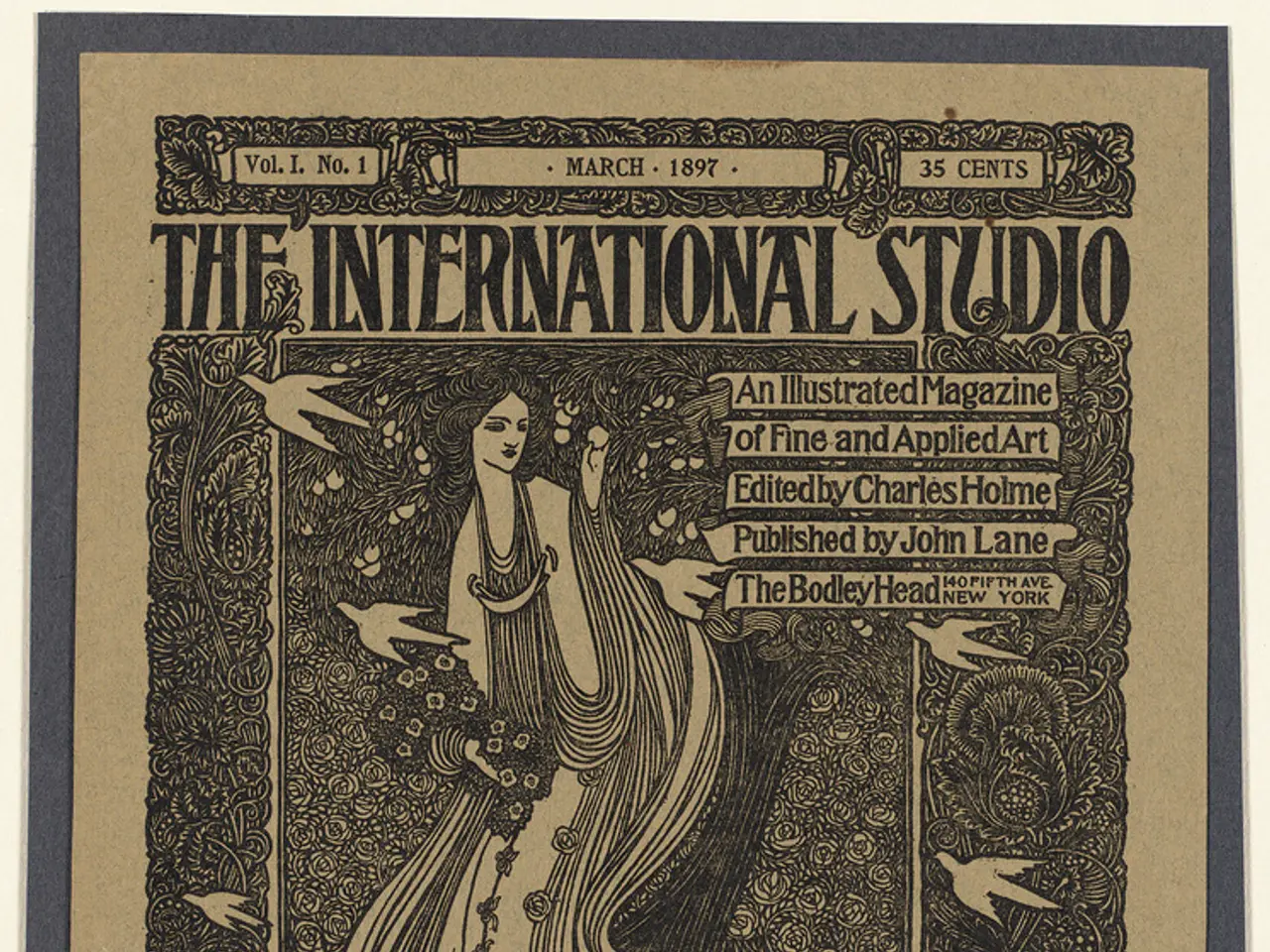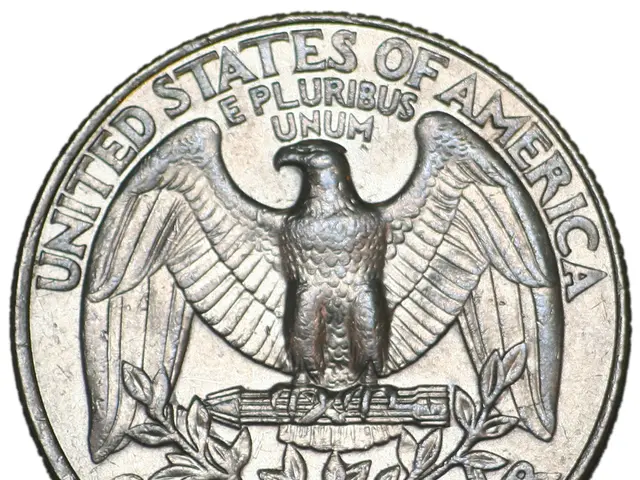The Viking Era Embraces a New Kind of Warrior: Females
In the heart of Birka, a Viking military garrison in Sweden, archaeologists made a groundbreaking discovery in 1877. The burial chamber known as Bj 581 revealed the remains of a Viking warrior woman, a fact confirmed by DNA analysis. This remarkable find, now known as the Birka Warrior, has shed light on the critical roles Viking women played in warfare, trade, and society during the Viking age.
The Birka Warrior was likely a military commander, possibly a cavalry commander who reported directly to a king or prince. Her grave goods, including a quiver holding 92 arrows and a large currycomb, suggest she was a skilled horse rider and archer. The combination of an equestrian lifestyle with archery created a powerful advantage for Viking women warriors.
The Birka Warrior's clothing was of a distinctively Eastern style, suggesting it was likely manufactured in the Viking settlement of Kyiv. This finding supports the theory that the Viking age began decades earlier than previously suspected, with heavily armed Viking warriors sailing to what is now Estonia around 750.
Archaeological evidence points to a long tradition of female horseback archers on the Eurasian steppes, where the Vikings traded. The Birka Warrior may have trained as an Eastern horseback archer. Her weapons were specially designed to pierce an enemy's armor, indicating that she was highly trained in combat.
Viking expeditions crossed at least eight seas, journeyed to some three dozen countries, and encountered more than 50 different cultures. The Birka Warrior's burial chamber contained a silver coin minted by the Abbasid Caliphate, linking her to the lucrative Viking trade in the East.
In Viking warfare, magic was as important to fighting as sharpening your sword, most of which was conducted by women. These women were considered mighty sorceresses, or völvas, with the ability to see into the future and cast spells to aid Viking forces. Some Viking women wielded great influence in the North, as powerful queens, regents, seeresses, sorceresses, landowners, leaders of sacred cults, alliance-builders, traders, and travelers.
Remarkably, about a fifth of trade-related artifacts from voyages to the East were found buried alongside women at Birka and other Viking sites. This indicates that Viking women held critical positions in commercial affairs during the Viking age. Scientists are discovering that women held similar roles in commerce during this period.
The burial chamber was unusually rich in grave goods, even by today's standards. In addition to the weapons, horse skeletons, and clothing, the chamber contained iron stirrups, surviving bits of costly clothing, and an ancient board game. The engraving of the Birka Warrior's burial was published and republished for decades in books on the Vikings.
The Birka Warrior's grave was reclaimed by nature, but her story is once again part of human memory. Her burial, unearthed near a Viking military garrison, serves as a testament to the power and influence Viking women held during the Viking age. The Birka Warrior is taking her rightful place in the great drama of the Viking age.







